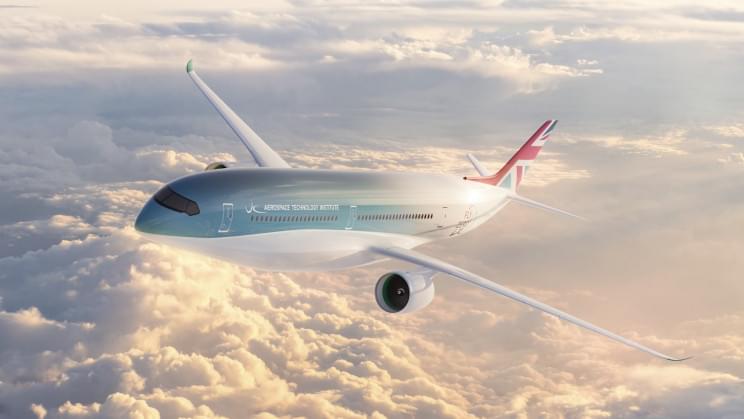Globally, it’s estimated that we mine as much as 50 billion metric tonnes of sand every year to build our roads, bridges, skyscrapers, homes and more. Rapid urbanization around the world has made sand a high value commodity, so much so that, for some, it’s even worth killing for. But not all sand is the same, and experts say some mining operations are damaging ecosystems, infrastructure and putting people in danger around the world.
0:00 Intro.
1:06 How the world uses sand.
3:46 Inside the growing demand for sand.
6:08 How the world mines sand.
7:33 A look at the environmental effects of sand mining.
9:20 Explaining sand mafias and cartels.
11:14 Exploring alternative building materials.
13:04 The future of sand and concrete.
Stay Connected.
Forbes newsletters: https://newsletters.editorial.forbes.com.
Forbes on Facebook: http://fb.com/forbes.
Forbes Video on Twitter: http://www.twitter.com/forbes.
Forbes Video on Instagram: http://instagram.com/forbes.
More From Forbes: http://forbes.com.
Forbes covers the intersection of entrepreneurship, wealth, technology, business and lifestyle with a focus on people and success.









